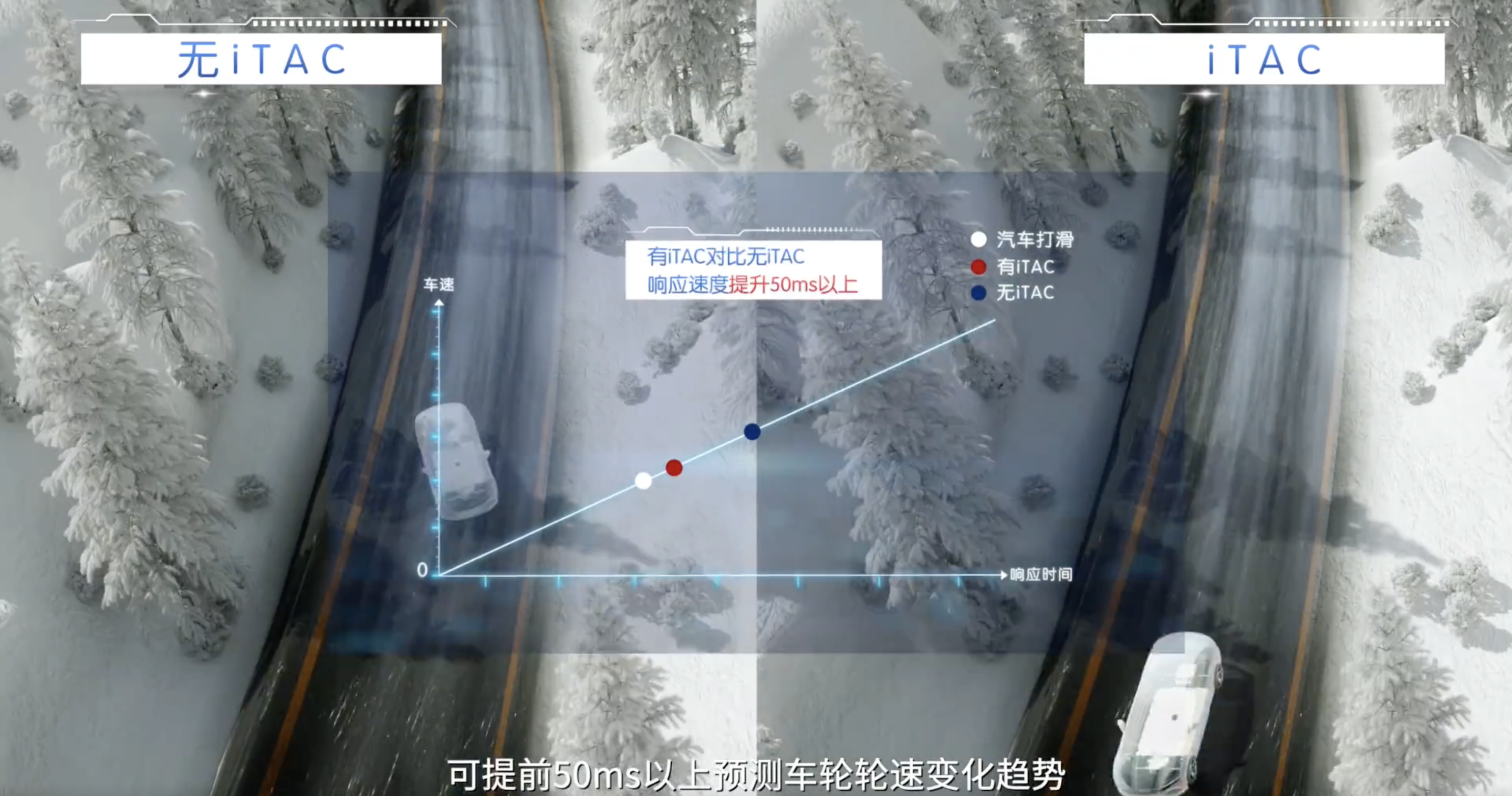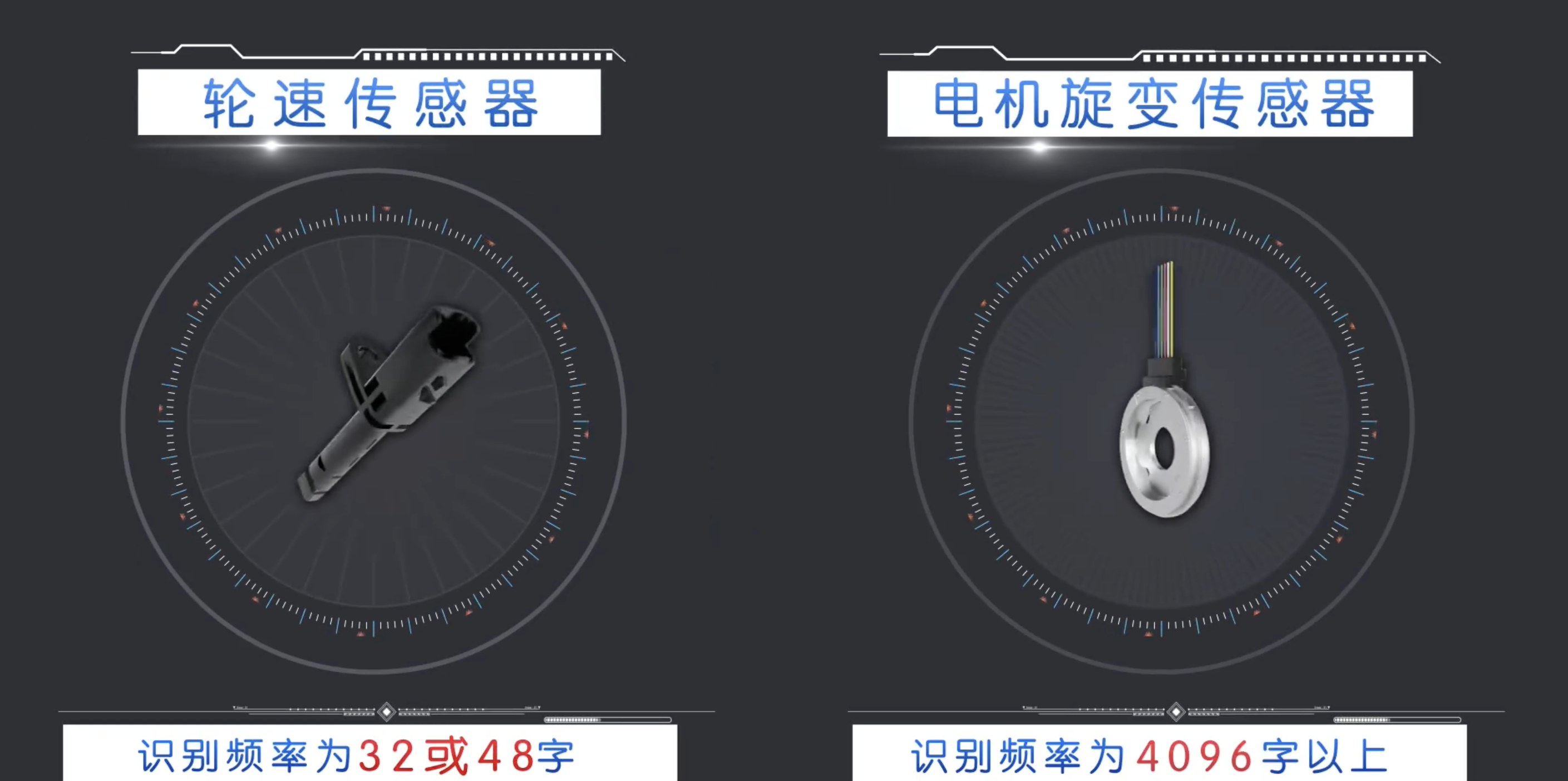The heat of the sea lion has not diminished, and the word “sport” was emphasized at the press conference. In addition to focusing on rear-wheel drive, iTAC is regarded as a technical epitome of sea lion sports ability.
Today, we will focus on talking about iTAC.
Principle

In the past fuel-powered cars, we believe that everyone has heard of TCS (Traction Control System)/called Traction Control System and ESP (Electronic Stability Program).
Cars equipped with TCS will reduce the engine power by reducing the throttle opening or control the wheel speed through the brake system. The purpose is to keep the slip rate of the driving wheel in a state that can make the vehicle run stably. It is more sensitive and effective for various slips (inconsistent speed between front and rear wheels).
ESP includes ABS and ASR, and is an extension of the two systems’ functions. It can actively perceive the vehicle’s posture. Then issue execution instructions to ABS and ASR to actively help the vehicle maintain dynamic balance. The effect is more obvious in cases of excessive or insufficient turning.
BYD iTAC (Intelligence Torque Adaption Control) is a smart torque control system. We can simply understand that it integrates some functions of TCS and ESP, which can be understood as the TCS of traditional fuel-powered cars, or as an upgraded version of ESP for electric cars.

First, in pure electric vehicles, the sensor that participates in sensing wheel speed has changed from the common wheel speed sensor (32/48 bytes) to the motor rotation sensor (4,096 bytes), and the speed perception has been greatly improved.
Second, the engine has become a motor, and the response speed of the motor to power has been greatly improved.
Implementation Effect

Finally, the effect achieved by iTAC can be summarized in one word: fast.
-
Predict more than 50ms ahead of the change in wheel speed.When starting a gasoline-powered car, the wheel speed is low, and the accuracy of the wheel speed sensor is naturally not high, so the judgment of slipping is not precise enough and lags behind. iTAC can detect signs of slipping earlier.
-
Electric motor output torque, faster regulation.
The advantage of being fast is that BYD directly demonstrated its performance on surfaces with low adhesion such as snow-covered roads.
Of course, we still need to consider the benefits of iTAC in combination with four-wheel drive. In the four-wheel drive model of the Sea Lion, an unprecedented combination of a smaller front motor and a larger rear motor, with an asynchronous front motor and a permanent magnet rear motor, is used. Even in four-wheel drive mode, the power is biased towards the rear drive. The key point is that the combination of the asynchronous front motor and the permanent magnet rear motor can allow the front asynchronous motor to not be used under low-load conditions, or the power output of the front drive motor can be cut off through the electric control program, and the four-wheel drive can be turned into a rear-drive.
-
Therefore, for four-wheel drive models, if the rear axle with stronger power slides, iTAC can adjust the front and rear axle torque to improve the vehicle’s grip and ultimately achieve a better and less slippery acceleration experience.
-
In the “Novice Drift Mode”, the vehicle enters a pure rear-wheel drive state. iTAC also proactively controls the rear wheel slip rate within a set range, making it easier for novices to drift and maintain control. This is an extension of the function of iTAC.

Of course, iTAC is not without its drawbacks. First of all, BYD’s four-wheel drive model has two motors, so iTAC can only adjust the torque of the front and rear axles and cannot be precise to individual wheels. Even the addition of two rear motors can greatly improve the handling.
With iTAC, triggering the ESP can be reduced to some extent. I also heard that BYD’s engineers want to use iTAC instead of ESP. If that’s the case, the current iTAC on the Sea Lion is only in its early stages, and there is a huge potential for expansion in its abilities in the future.
This article is a translation by ChatGPT of a Chinese report from 42HOW. If you have any questions about it, please email bd@42how.com.
